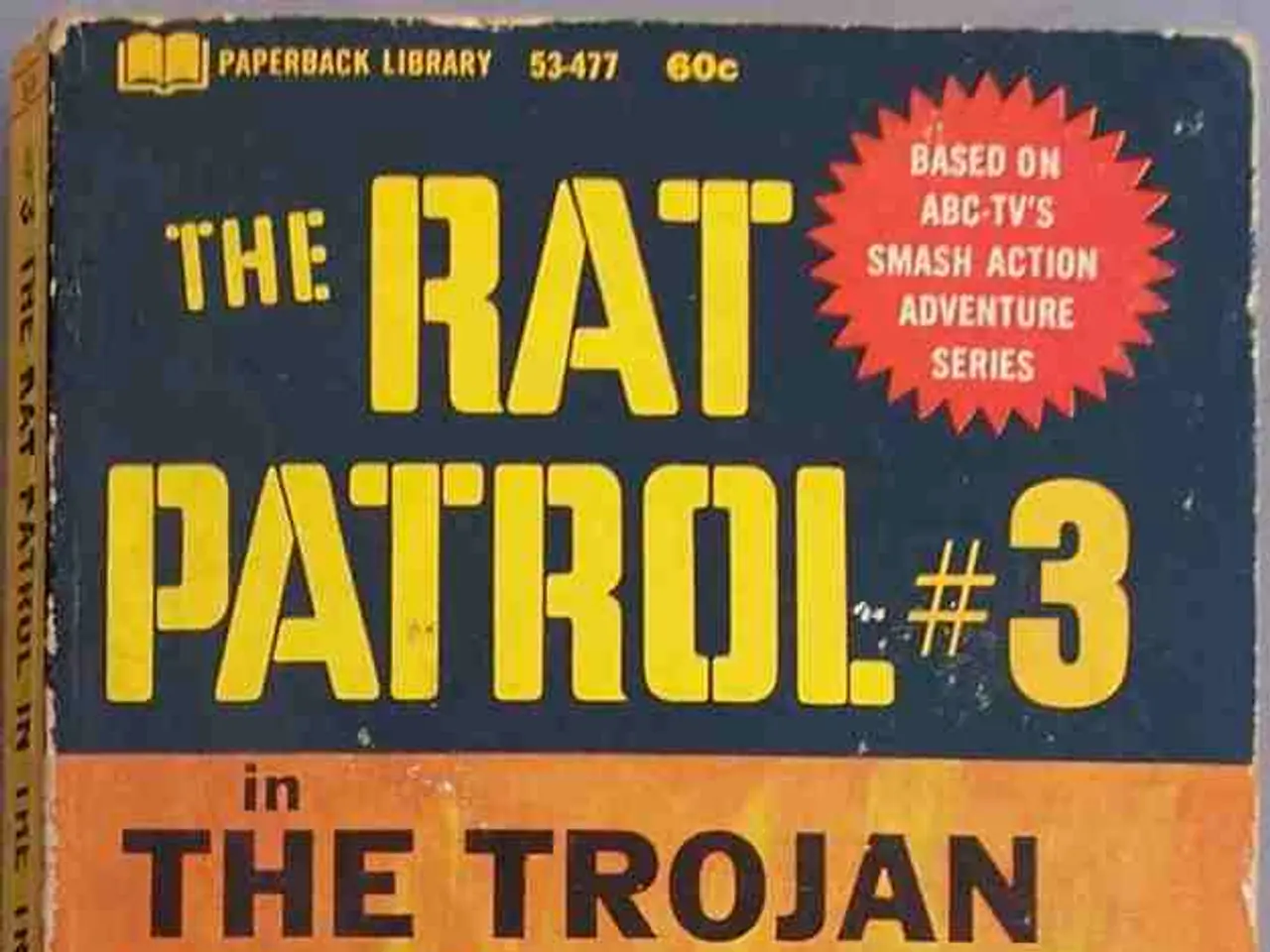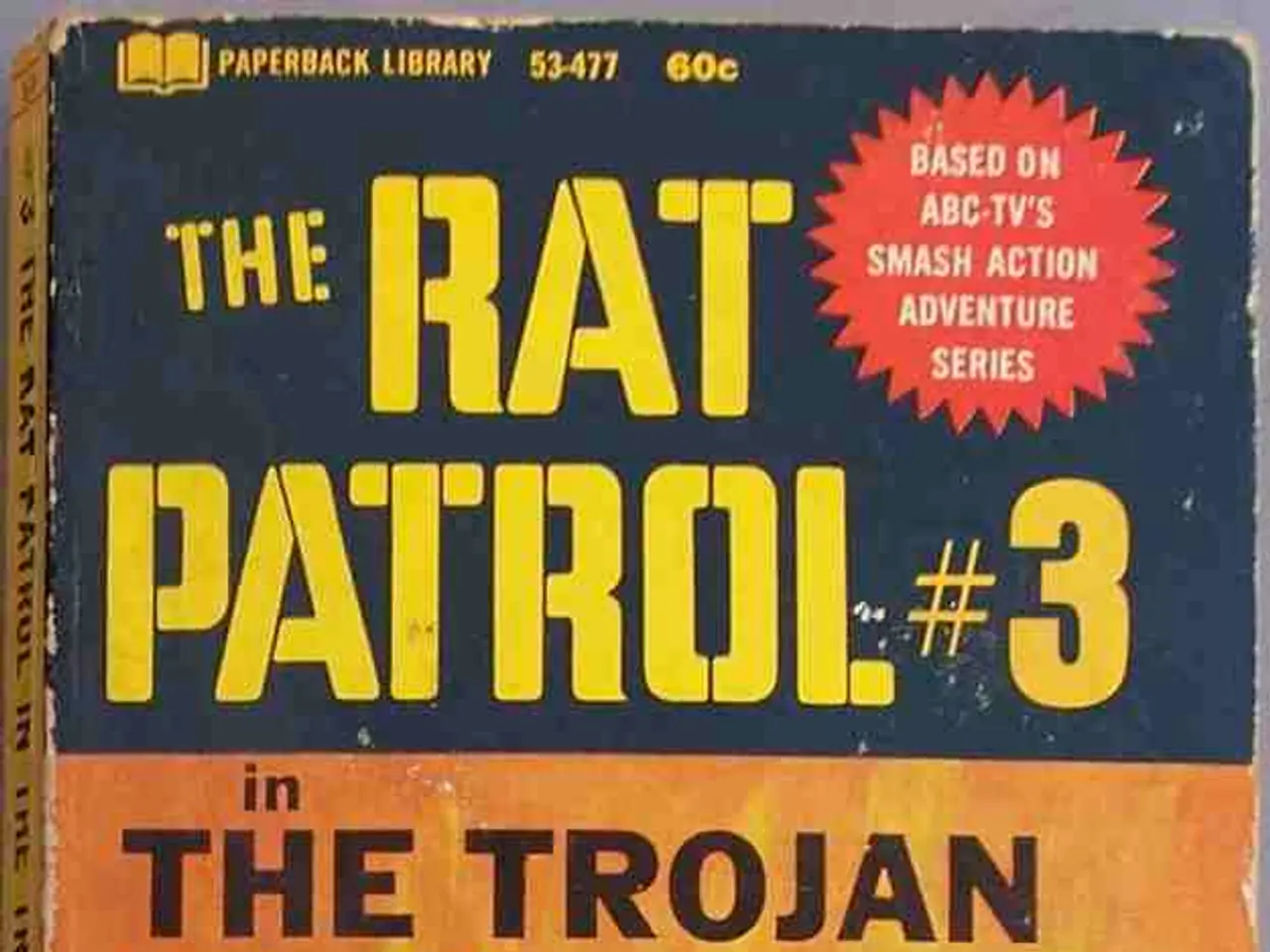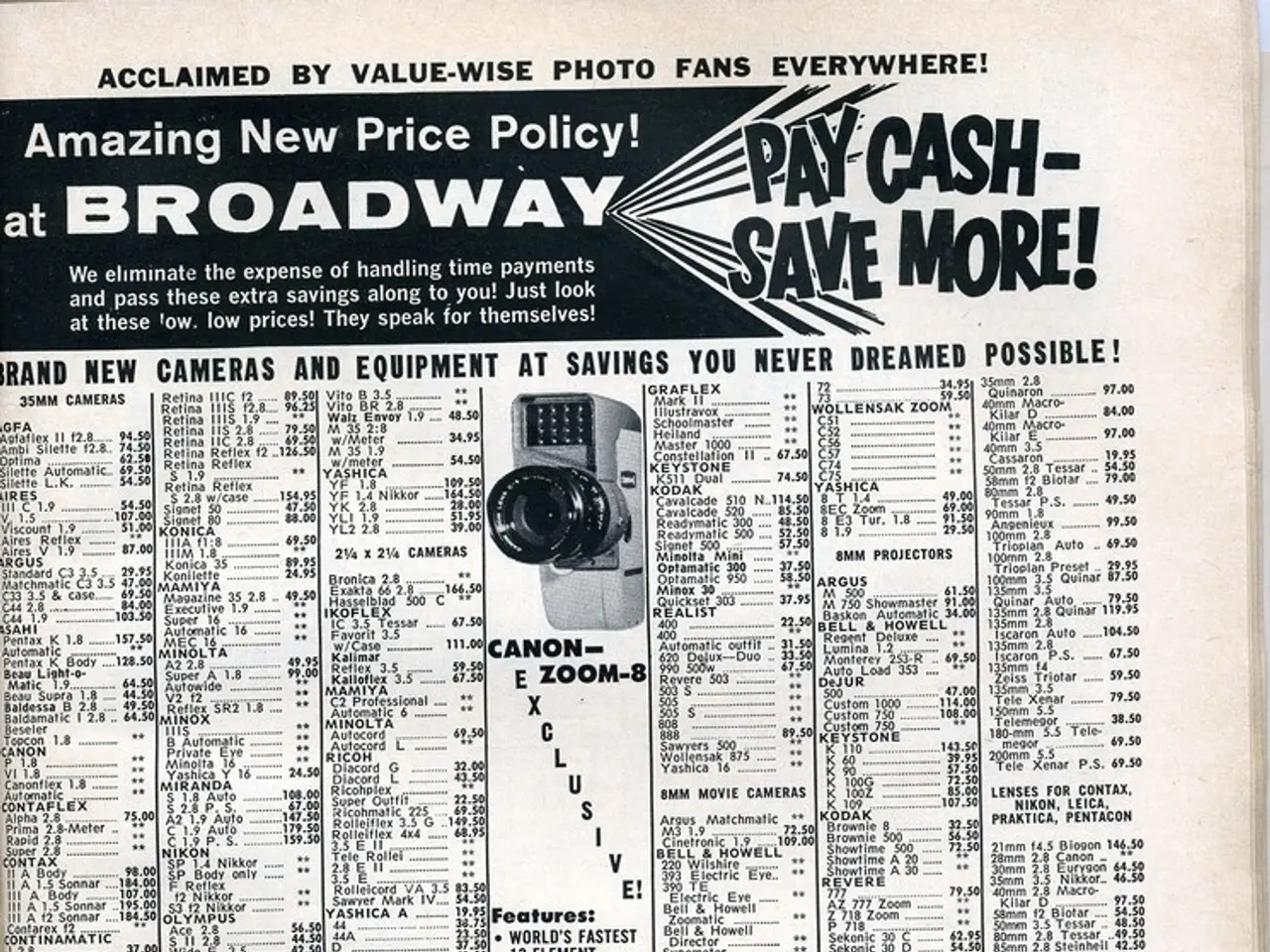Analysis: Exploring the U.S.'s Use of Pakistan as a Militarized Tool Against India
In a significant shift for the Indo-US relationship, President Donald Trump's actions this week have introduced a confrontational dimension to the partnership. This comes as Trump expressed dissatisfaction with India's participation in the BRICS grouping and imposed tariffs of 25% on Indian exports, targeting about $87 billion worth of goods [1][2].
The tariffs, officially framed around trade deficits and market access, also reflect deeper political grievances. These include India's strategic neutrality on the Russia-Ukraine conflict, its continued large-scale purchase of Russian crude oil, and its independent handling of Pakistan-related issues such as Operation Sindoor [2]. The Trump administration appears to expect India to more explicitly align with U.S. positions.
The tariffs and Trump's harsh rhetoric, which has labeled India’s economy as "dead" and criticized its trade practices, have strained the relationship significantly. Despite the long-standing deepening of bilateral ties, this marks a new era of strain and strategic friction [1][2].
Trump's threats also include secondary tariffs related to India’s trade with Russia and proposed tariffs on BRICS members due to their so-called “anti-American” policies, exacerbating tensions. Sanctions on Indian entities trading with Iran have further compounded the pressure [1].
However, Indian officials and analysts argue that the relationship remains anchored in shared democratic values and strategic interests. They hope to navigate through this turbulence as deeper economic integration continues. There is ongoing negotiation and diplomacy aimed at mitigating these tariff impacts, but the relationship is now at a challenging crossroads [3][4].
Trump's mention of Pakistan is likely to cause any Indian leader to dig in his heels and stop talking about economic ties. The US's actions towards Pakistan could potentially impact its relationship with India, as Trump announced a tariff deal with Pakistan on the same day and suggested that Pakistan might sell oil to India in the future [6].
The relationship between India and Pakistan is a sensitive topic for the Indian government. Trump's threats against India's oil and weapons purchases from Russia could be seen as humiliating for India after wooing Trump [7].
Despite these challenges, there is a possibility of oil trade between Pakistan and India in the future, as US companies may help Pakistan extract oil from recently discovered reserves [8]. This could potentially change the dynamics of the Indo-Pakistan relationship, adding a new layer of complexity to the Indo-US relationship.
In summary, while the Indo-US partnership has strong fundamentals, Trump’s tariff threats and critical comments on India’s foreign and economic policies have temporarily set back bilateral cooperation and introduced new strategic uncertainties not seen in previous years [1][2][5]. The relationship is now at a critical juncture, with both sides seeking to navigate through these challenges while maintaining their strategic interests.
The tariffs and critical comments from the Trump administration, focusing on India's involvement in war-and-conflicts, politics, and general news such as its stance on the Russia-Ukraine conflict, purchases of Russian crude oil, and handling of Pakistan-related issues, have escalated tensions in the Indo-US relationship. Despite Indian efforts to negotiate and diplomatically mitigate these issues, the relationship now finds itself at a challenging crossroads, with the potential for new layers of complexity added by proposals of oil trade between Pakistan and India.







